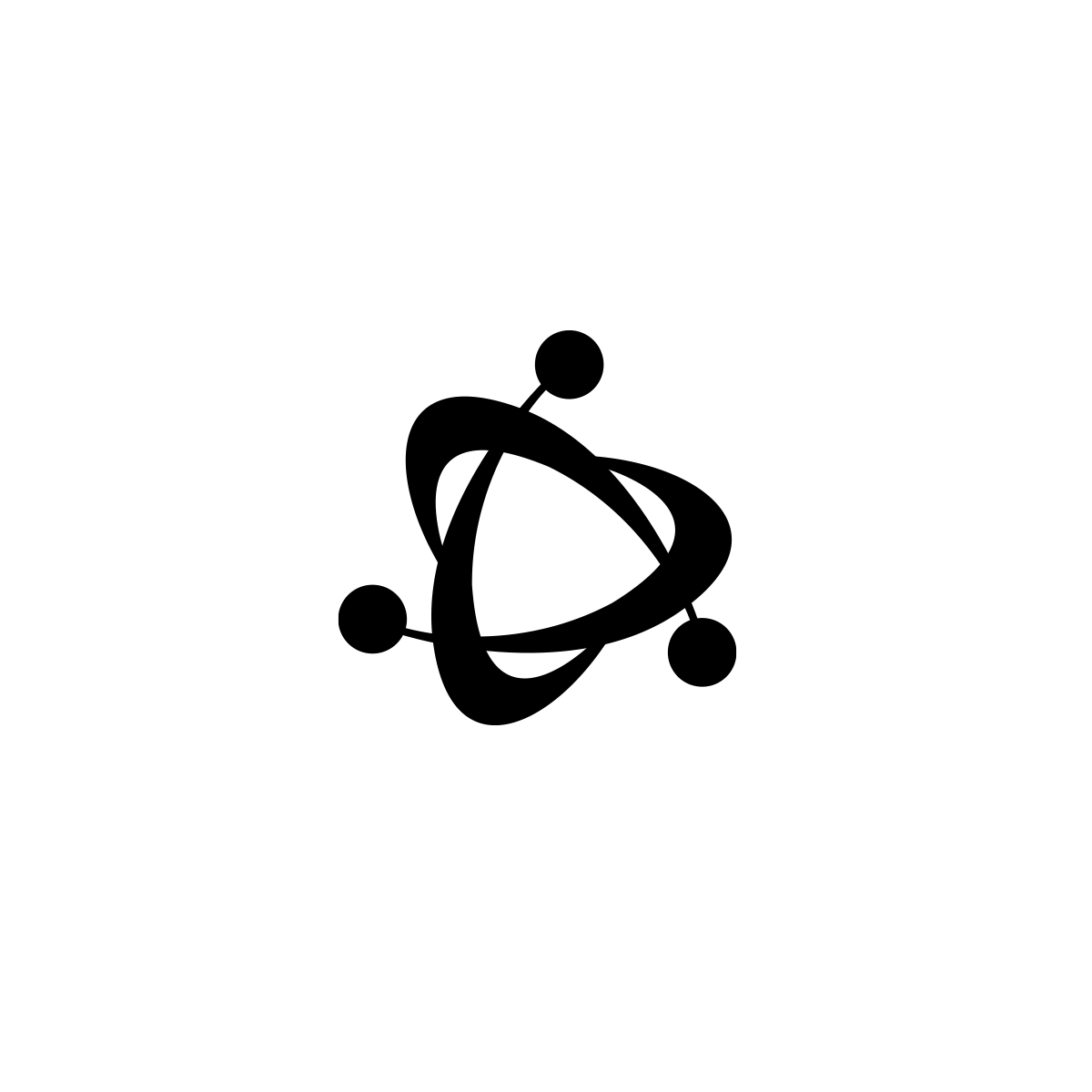For a sustainable design of digital services
/By Frédéric Bordage, from GreenIT and the Sustainable Digital Services Design collective
Writing and sending an email. Booking a train ticket. Finding an address in an online directory. Streaming a video. Chatting on a social network. Shopping from a drive-in. Sending a package from your home: digital services have invaded our daily life.
While they are underpinning the global economy and our daily life, we are designing them without worrying about our planet nor human beings. Is this the digital world we want to pass on to our children? If this is not the case, it is time to turn towards an approach that favours a sustainable design of digital services.
We create exclusion and digital fat
Concerning the HR part, digital industry creates disability and digital divide, where there could be inclusion. Hardly any website or online service are accessible to people suffering from a disability. If you are blind or visually impaired, like 135 millions of persons in the world (WHO), you are left by the wayside by the publishers of online services.
Of course, you have to own a recent computer or smartphone to gain access to online services, which enhances the digital divide. In France, for example, you can’t’ use the website « leboncoin.fr » if you still use Windows XP.
We watch millions of people missing the « digital transition », without any reaction. Beyond the human side, this negligence costs a lot in terms of economic efficiency as they represent as many lost or unsatisfied clients.
Considering the environmental side, let us be honest: digital transition still does not rime with environmental transition. Digital services are obese. This digital fat significantly increases the exhaustion of abiotic resources, climate change and biodiversity collapse.
In terms of environmental footprint, internet is a sixth continent mobilizing every year 1037 energy TWh (including embodied energy), 8.7 billiards of m3 of water, and producing 608 millions of tons of greenhouse gas emission (GreenIT.fr). That represents for energy as much as 40 nuclear plants, ie twice as much as the French park.
Sadly enough, it is only the beginning, as connected objects will amplify considerably these impacts. 50 to 75 billiards of connected objects are expected to be used before 2020. Just imagine the energy and resource consumption to produce them and to run them.
Sustainable design: a profound expectation
All wills — clients / end users, designers, etc. — converge towards a complete and string expectation addressed to the digital services: human and environmental efficiency must be taken into account starting by their design. This is what digital sustainable design is all about.
This does not mean to repaint in green your new website or to optimise ex post the coding to gain a conscience. This approach goes deeper and means thinking and designing digital services while encapsulating all sides of sustainable development — economic efficiency, social progress, environment protection , not only in terms of impact reduction as in terms of value creation.
This new posture, positive and creative (bringing meaning, future, inclusion and added value) is a great opportunity to build operationally and positively « the live together » which is the fundamental basis of a more sustainable development of our society.
Operational tools
In France, more than 70 organizations have gathered inside the community for digital and sustainable design or Collectif Conception Numérique Responsable (https://collectif.greenit.fr/index_en.html) to raise interest for this approach and build together operational tools which will help the largest number of participants to get in action.
All these tools are open, designed and validated by a string of actors, and are free and available here ici (in French). They complete already existing referential and tools on more mature topics as quality methods (http://checklists.opquast.com/fr/) and accessibility (https://www.w3.org/WAI/).
When sustainable design earns money
The major point on responsible design of digital service is to focus the designing on the user experience (UX) while getting deeply interested by his/her essentials needs. Thus, we avoid over-quality and functional fat translated by growing needs in terms of IT power.
Extreme feedbacks show spectacular benefits in terms of:
700 less bandwidth (Deutsch Bahn) ;
112 less servers (Linkedin) ;
70 less power needed by end user‘s computer (Deutsch Bahn).
You will allow equivalent quality of service, and divide by 2 or 3 the quantity of IT resources needed. Some companies such as Streamdata.io offer solutions, which reduce dramatically the bandwidth consumed by a software. At the end, more satisfied users for a lesser cost of run and environmental footprint.
In a different register, Konga, a Nigerian online business specialist, has presented his way towards a progressive App. Mainly, thanks to the redesign of his website, Konga has gone from a welcoming page of its website weighing until 2 MB and 151 requests http at 140 KB and 9 requests http. Meaning a decrease of the weight of the welcome page from 92 % and 82% less data exchanged on the network between connecting and the first purchase by the internet user. For Konga, the responsible design of the website is vital in a country where internet connections have not such quality as in developed countries.
Lastly, you can go on designing obese and non-accessible digital services. However, you might prefer to include the largest number of people to create economic value and environmental efficiency. You have to choose if you want to adopt the sustainable digital design to develop your strengths and not die. Choose quickly as the evolution will not wait for you!



